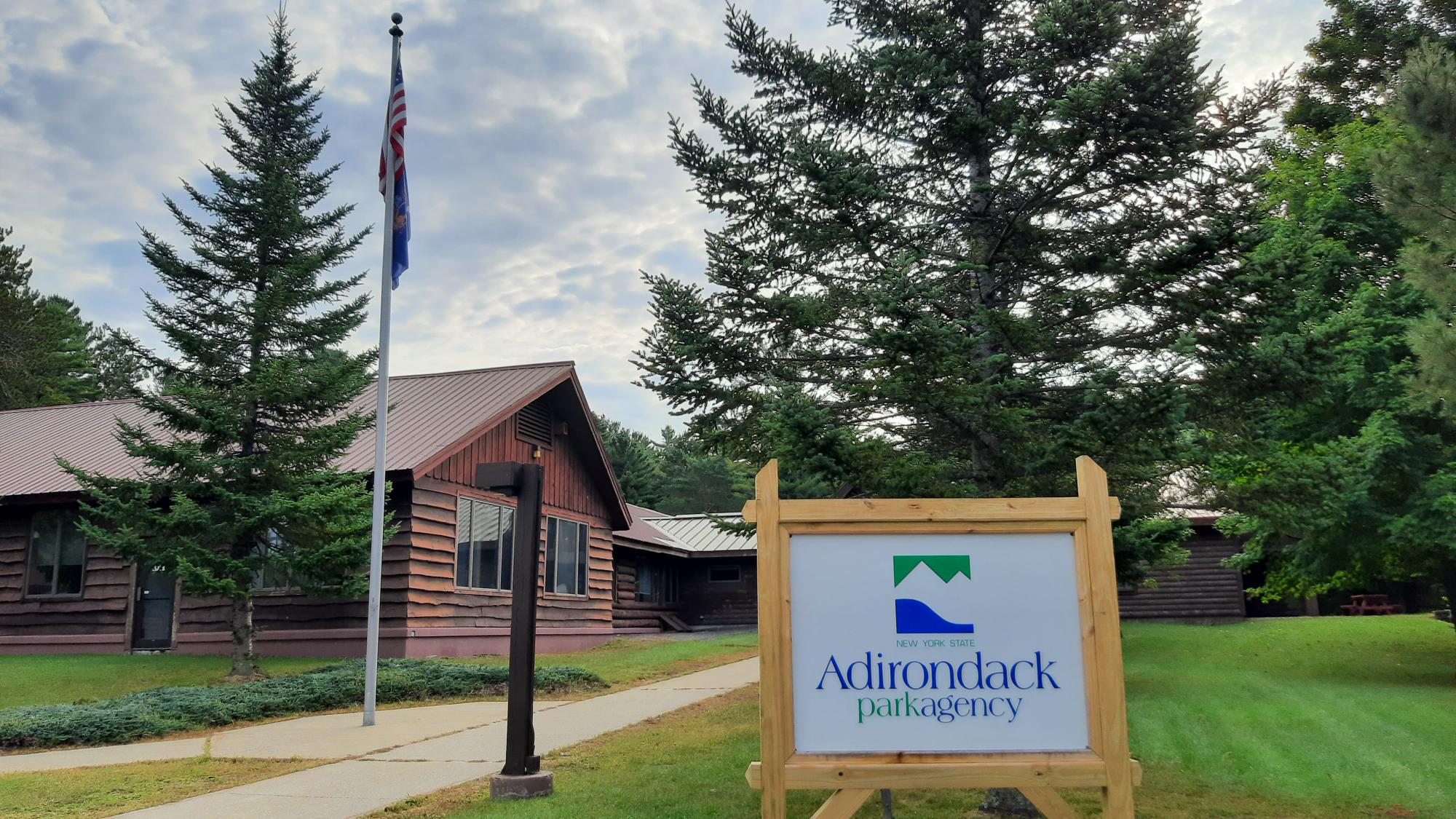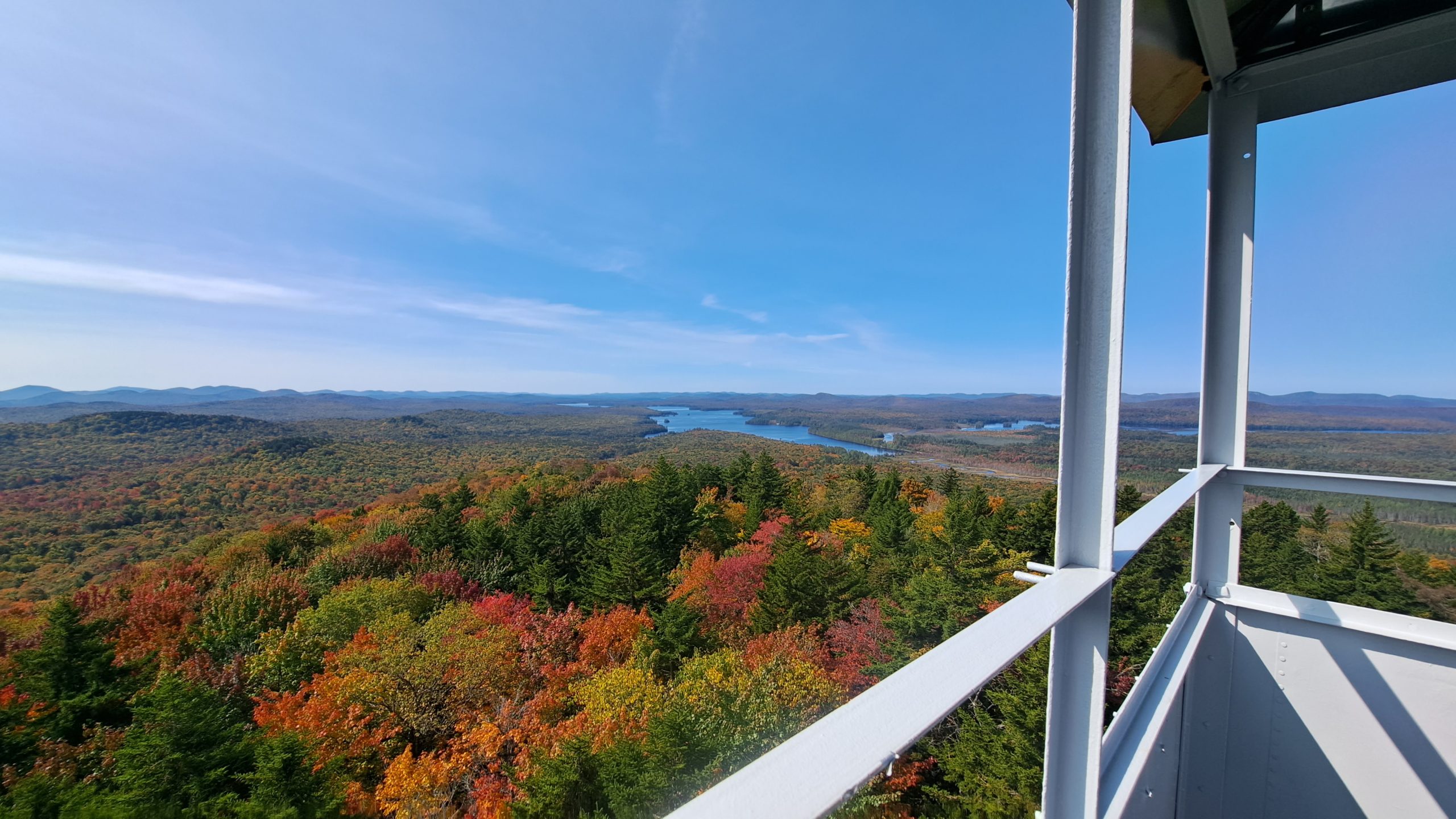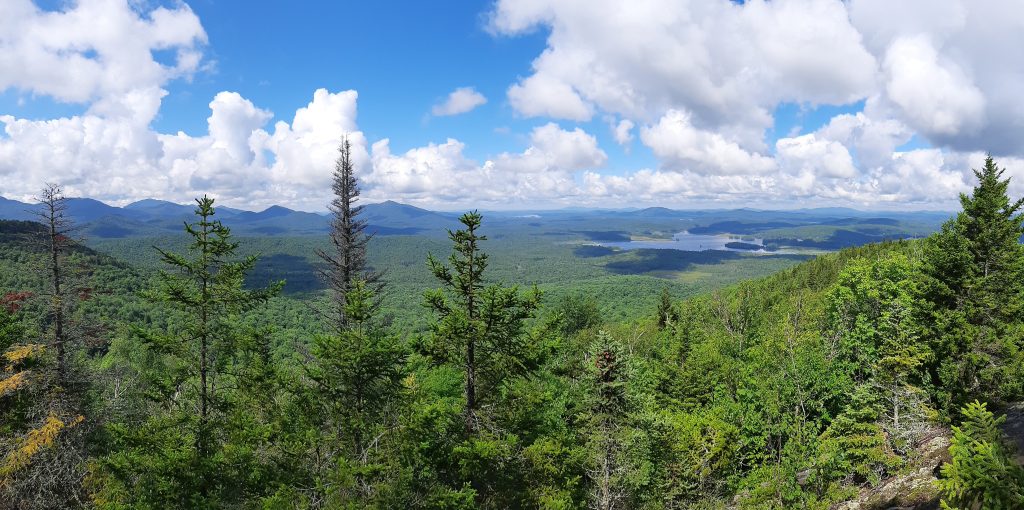By Jackie Bowen – Director of Conservation
Wednesday, Nov. 20, 2024
The Adirondack Park Agency (APA) is proposing changes to the Adirondack Park State Land Master Plan (SLMP) that could weaken natural resource protections of the Forest Preserve and limit the APA’s own authority.
We need you to write to the Adirondack Park Agency to call for clarity on access, protection of its authority, and the safeguarding of natural resources in the Adirondack Park.
State Land Master Plan
The SLMP guides the state Department of Environmental Conservation (DEC) in its natural resource protection and management of the 2.6 million acres of state land in the Adirondack Park, including nearly 1.2 million acres of motor-free Wilderness. Adirondack state lands and waters store carbon, provide clean drinking water to New York communities, and are a refuge for biodiversity as climate pressures persist across the state.
 Other Power Driven Mobility Devices
Other Power Driven Mobility Devices
The APA is proposing new language to the SLMP to increase awareness around access to the Forest Preserve for people of all abilities. According to the Americans with Disabilities Act (ADA) of 1990, wheelchairs can go anywhere that hiking boots can go. In 2011, the Department of Justice issued a rule further clarifying the use of other powered driven mobility devices (OPDMDs), including ATVs and golf carts, for people with disabilities.
The determination of where these devices can go on state lands is dependent on the size and type of the device, environmental impacts and harm, safety concerns of the user and other factors. While these devices are not allowed in federal Wilderness, the decision to allow such devices on state lands is dependent on the states’ own ADA-compliance policies. While the DEC manages state lands, it does not have a policy to create transparency for individuals with mobility issues about where they can use their devices.
The APA is proposing to add a definition for power driven mobility device and where these devices can be used on a case-by-case basis, including in Wilderness. Without a policy from the DEC, there is confusion about legal access, limited use of the existing programs, and unintended impacts to natural resources.
Removal of Oversight
Through the SLMP amendments, the APA is proposing that the DEC have decreased compliance with current rules and increased access to Wilderness. For Wilderness Areas, and other similar classifications, past human improvements should be minimal. When Wilderness areas are acquired and classified, per the current SLMP, the DEC has three years to remove a non-conforming structure (e.g. cabins, hunting camps, etc.). In many instances, this requirement has not been met.
As a result, the Agency is now proposing to delete those structure removal dates entirely, and remove accountability for the DEC to maintain Wilderness character. The Agency is also proposing to do something similar with administrative road closure dates. Rather than pursuing this defeatist approach, the APA should seek to add in new dates and require compliance.
Also, the APA is proposing to grant the DEC administrative motor vehicle access to Wilderness Areas on an as-needed basis. The SLMP is clear that Wilderness is intended to be motor-free except for extenuating circumstances, like life-saving search and rescue operations. Allowing this level of access for routine maintenance would diminish the APA’s ability to protect and enforce the SLMP’s Wilderness standards.
 We need you to write to the Adirondack Park Agency to call for clarity on access, protection of Agency authority, and the safeguarding of natural resources in the Adirondack Park.
We need you to write to the Adirondack Park Agency to call for clarity on access, protection of Agency authority, and the safeguarding of natural resources in the Adirondack Park.
In your letter, please tell the APA:
-
The Adirondack Park is a national treasure, renowned for its pristine wilderness, biodiversity, and vital role in combating climate change. To maintain these qualities, any changes in the SLMP should uphold its guiding mandate: that protection of natural resources is paramount. Proposals to weaken Wilderness protections, like allowing for more motorized access, should not be encouraged.
-
The DEC should develop a state-wide policy that outlines its review and approval process for permits for where other power driven mobility devices are or are not appropriate.
-
Uphold APA’s Role – APA serves as a critical counterbalance to DEC by upholding the integrity of the SLMP. The Agency should seek to hold DEC accountable in complying with the SLMP rather than taking away or weakening those accountability measures.
In the 50+ years since the State Land Master Plan was first adopted, it has undergone four major revisions, underscoring that opportunities to update this guiding document can be rare. So, the changes proposed to the SLMP must not only be relevant to today, but the complexities and challenges of the Forest Preserve of tomorrow. Changes should not weaken the health of the Forest Preserve and should uphold the guiding mandate of the SLMP – that natural resource protection must remain paramount.
Looking for more ways to get involved with the Council?

